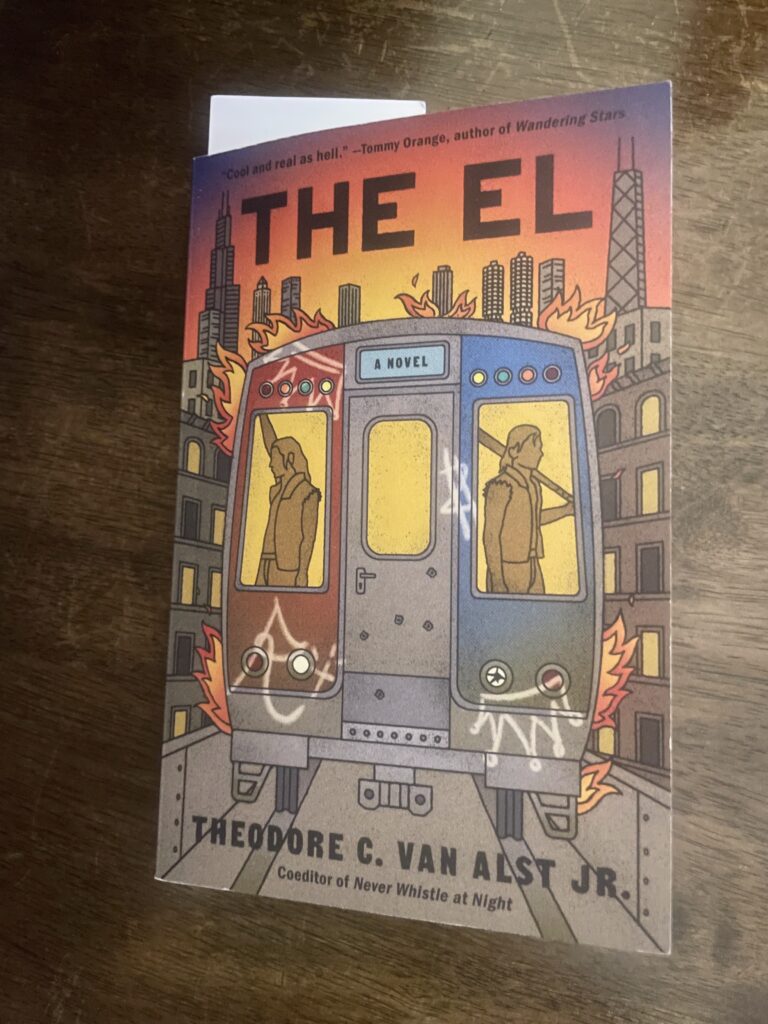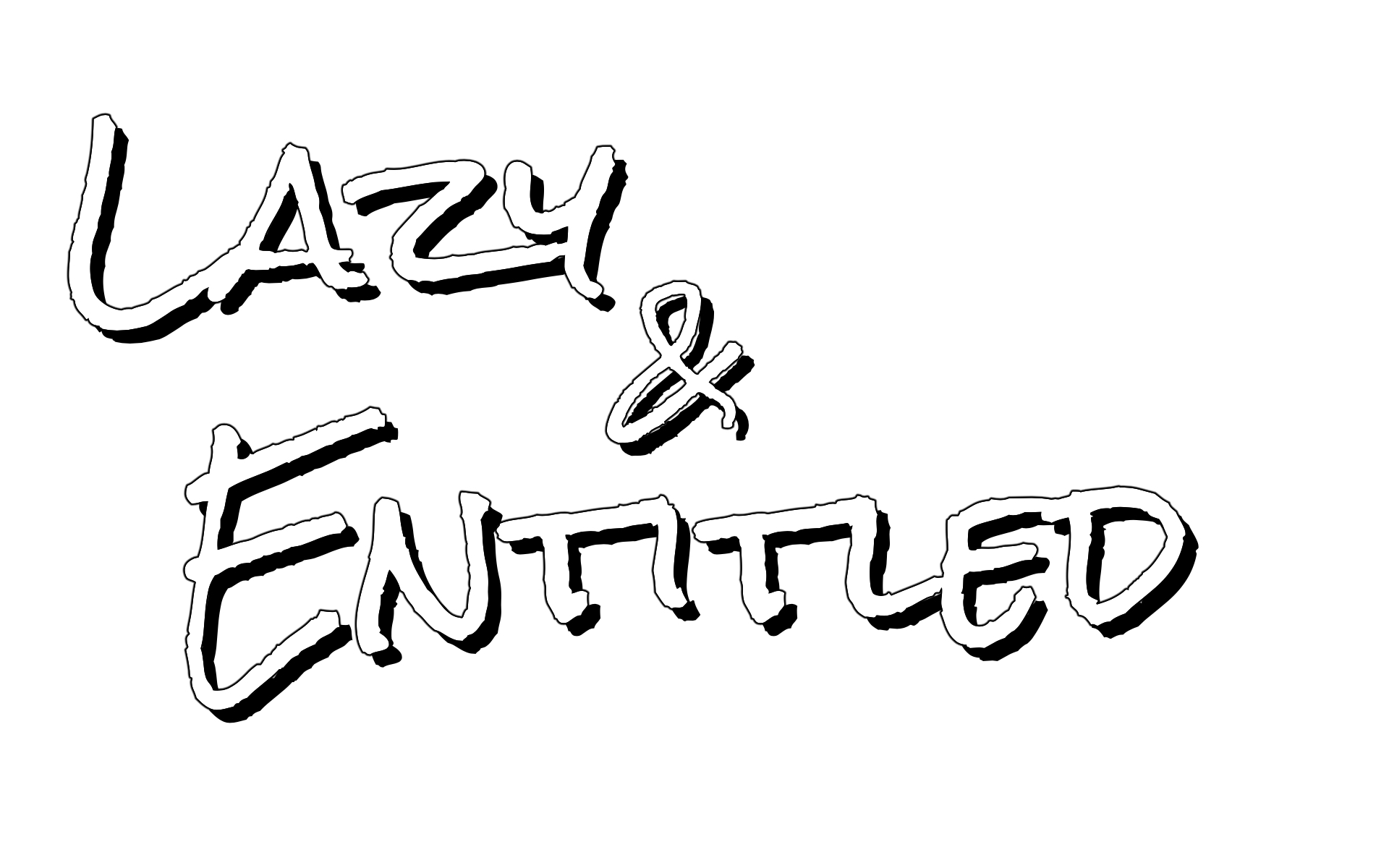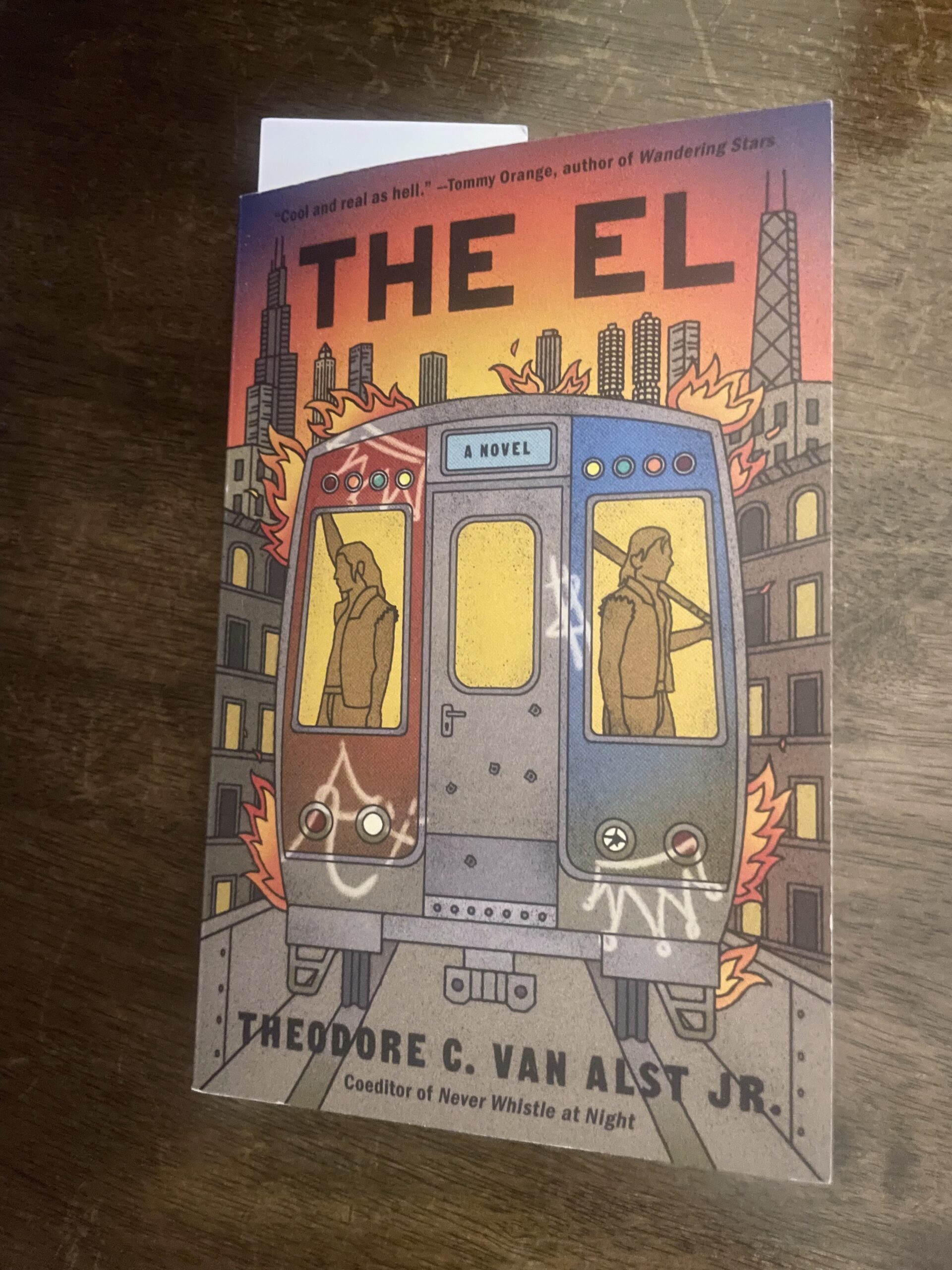“It’s one thing to know a place on paper, but it’s never any good to be totally out of place with no sense of the turf you’re in…” – Theodore C. Van Alst, Jr., ‘The El’
They wanna send the troops into Chicago. Of course they do. They’re always talking about it or something like it, even before this specific jagoff was around. The fact is, this is a city that cares for its people, works for its people. It’s not perfect, but it’s the closest any city’s ever come in this nightmare country we live in. I was just telling my son, who’s reaching a complaining-about-getting-dragged-places phase, how lucky he is to be able to take public transit to two baseball stadiums, how lucky he is to live in and near diverse, queer-friendly neighborhoods full of artists and good public schools and playgrounds, how lucky he is to live in the delivery radius of J.B. Alberto’s. This city is beautiful and friendly and hardly the violent, dysfunctional hellscape it gets depicted as.
To illustrate this thesis, let’s read some street gangster autofiction.
What I’ve Been Reading This Week:
A book that showed me some neighborhood representation! The boundaries between Rogers Park and West Ridge are blurry, and I’m not even sure West Ridge existed when this book was set. Neighborhood looks a little different now. A book that confirmed something I’ve always suspected but never given voice to: the coyotes1 in Chicago are magical. A book that I was lucky enough to be at the book launch for, and was excited to learn that the author and I have similar ideas of how informal and irreverent readings should be. I’m talking, of course, about The El by Theodore C. Van Alst, Jr. Yes, “El,” instead of “L”—as Ted said at the book launch, you wouldn’t call it a “Levated train.”

The novel is simple: a group of guys have to take the train. Well, maybe not that simple. These guys are Simon City Royals, and they have to get from Rogers Park to Roosevelt High School for a big meeting. The meeting is to announce new alliances brokered by imprisoned gang leaders, alliances which formed the Folk Nation and People Nation. They have to be dressed with certain flourishes, and despite what Wikipedia will tell you about the Royals being a white gang, Teddy’s set2 is multiracial—white, Puerto Rican, Black, and of course, the leader is Native. As you might imagine, they will inevitably attract attention from cops and rival gangs. To combat this, they have to be coordinated enough to split up/regroup/memorize fake addresses to dupe the former, and be ready to throw down with the latter. After the meeting, in which some jagoffs shoot at them and some cops hassle them, they have to get back home. Figure out dinner and stuff, you know?
“Chris you live in a city that is sometimes referred to as ‘Chi-raq’ because of how violent it has been, your city is a right-wing talking point/scare tactic, you’re spending the rest of this blog being all ‘STFU ABOUT CHICAGO,’ why are you so enthusiastically telling us to read this novel about a street gang?” Well, readers, for one thing, the book is an absolute blast, like you are sitting down with the most interesting elder storyteller for a few hours. For another thing, it is good to read books from radically different perspectives than your own. The biggest reason to read this book, though—well, the biggest reason to read this book is that it’s super fun, but we gotta talk about the serious stuff too—the biggest reason to read this book is to demystify street gangs a little. Chicago has a big history with street gangs. Understatement of the year. It’s not all Chief Keef, though—Teddy (the narrator, not the author) walks around with a copy of Mike Royko’s Boss, which is about the most consequential Chicago street gang alum: Mayor Richard J. Daley, whose gang, the Hamburg Athletic Club, was instrumental in the deadly 1919 Chicago race riots3. The Hamburgs were one of the first gangs to use the drive-by shooting tactic, deployed against Black residents of Bronzeville. Actually, before I get too long-winded, read Bella Bahhs in The Triibe on how the war on street gangs stunted Black growth in Chicago. Back? Good. Yeah, that article changed some previously held conceptions, huh?
Listen, young men4 are always going to want to belong to something. Sports teams, bands, chess clubs, D&D groups, or yes, street gangs. Also, this novel is set in 1978—before everyone was armed to the teeth always, before the government purposefully flooded poor neighborhoods with crack, before a lot of escalations. A life of violence is usually going to escalate, of course. My main takeaway from this novel is not violence, though. It’s that people come from all different walks of life, and find belonging in all kinds of ways. Are the guys in this novel violent, directionless, and not very bright? Sure. But they’re also thinkers, they’re loyal to their friends, and they’ve got similar anxieties about their futures that other teenagers do. If you don’t like the idea of living with street gangs, well, make sure the young people in your community have things to do that they care about.
I don’t know. I’m not here to solve gang problems. I will say that I feel far safer living in the neighborhood I live in—a racially diverse, queer-friendly neighborhood full of artists and immigrants and a campus for adults with developmental disabilities and good public schools and yes, the occasional outburst of violence—than I do in the suburbs. In the suburbs, people have cars with tires taller than my Honda, they wear shirts screaming that they’d be happy to see my family dead, they have gun safes the size of my bedroom that they don’t keep locked, and they’re all on edge all the time because of their 90-minute commutes to jobs that don’t pay enough to cover the aggressively predatory inflation that’s been the story of the 2020s. That’s scary shit. Theodore C. Van Alst, Jr., PhD, is not the first ex-gangster I’ve met in Chicago, certainly won’t be the last. In my experience, the ex-gangsters I’ve met are pretty calm, nice people. So check out this book. Get acquainted with a kind of life that you might otherwise be so afraid of that you become President of the United States based purely on racial grievance and then you turn the military on your own people. That is what will happen to you if you don’t read The El.
LINKS!
Something to listen to while you browse? How about Chicago punk legends Los Crudos, with their proud, fuck-you anthem, “That’s Right We’re That Spic Band:”
- For a real look at the looming Chicago vs. Trump showdown, you gotta read my guy H. Kapp-Klote in his newsletter The Chicago 312
- Ending cash bail has been an undeniable net good. Trump, the (alleged) serial pedophile who once took out a full-age ad in the New York Times to argue that a group of innocent teenagers should be executed, wants to undo it by executive fiat. Anyway, here’s “Ending cash bail shows that we shouldn’t lead with fear” by Christopher Williams in The Triibe
- Fascists hate to see us having fun. Fascists hate art because they are incapable of understanding art. Thus, it is our responsibility to fuckin party and enjoy the hell outta some art. Here’s “Dance Against War” by Wendy Wei in Chicago Reader, about how clubs in Kyiv are inspired by “Chicago house music’s spirit of communal liberation”
- Chicago kids are playing chess more and more, and movies told me that playing chess makes you smart. I can personally attest to witnessing this trend, as one of my kid’s six-year-old friends just competed in a chess tournament. Six years old! Here’s Lauren Shepherd at Block Club with “With Chess Surging In Popularity Among Younger Crowd, 2 Local Clubs Eye Expansion”
- I’ve recently been listening to Margaret Killjoy’s excellent podcast, Cool People Who Did Cool Stuff, starting with the earliest episodes and barreling straight through. I’ve always enjoyed Margaret when she’s on Behind The Bastards or Daily Zeitgeist, and have listened to a few Cool People episodes, but it wasn’t until recently that I decided I really needed to balance out all the bad news with stories of organizers, anarchists, socialist revolutionaries, Southern multiracial coalitions of poor people who sabotaged the Confederacy, queer resistance to Nazis, the Paris Commune, and oh yeah, the most comprehensive Haymarket Affair story you can fit into two podcast episodes. Here’s Part One on Apple and Part Two on Apple, I don’t really have it in me to go digging through Spotify and wherever else, too. Just know that the cops caused all the violence at Haymarket.
What’re you still doing here? Don’t you know that Micah and Brendan have a show?
If you work in the service industry, may you clean up in tips this week. Hey, you, service worker? You are the lifeblood of the greatest city in the United States of America. That’s sorta like being the freshest-smelling compost bucket, I know, but I believe in cities way more than I believe in nations. You’ll never catch me flying a US flag, but I’m getting the Chicago flag tattooed. It’s because of people like you, Chicago-based service worker. Let’s remember the words of maybe the greatest Chicagoan, Fred Hampton, as the bad people threaten our peace: “Black people need some peace, white people need some peace, and we’re gonna have to fight, we’re gonna have to struggle, we’re gonna have to struggle relentlessly to bring about some peace, because the people that we’re asking for peace, they’re a bunch of megalomaniac warmongers and they don’t even understand what peace means.”
Sorry you got an email,
Chris
- I think I’ve said this on the blog before, but I can’t find it. The Indigenous convention of referring to animals by proper names, i.e. “Coyote” instead of “a coyote” or “the coyotes,” is something I respect and think is cool as hell. That is a better way to interact with nature than what we settlers do. I don’t feel quite right doing it, though, I don’t feel as though I have the right. ↩︎
- crew, squad, chapter, whatever terminology makes you think of a group of 10-20 guys who are a certain street representative for a larger gang. The term Teddy (the narrator) uses is “set.” ↩︎
- instrumental in being the bad guys, of course. ↩︎
- young people of all genders, but everyone seems to get in a tizzy about young men. ↩︎


One thought on “Friday Links: Chicago Over Everything Edition”